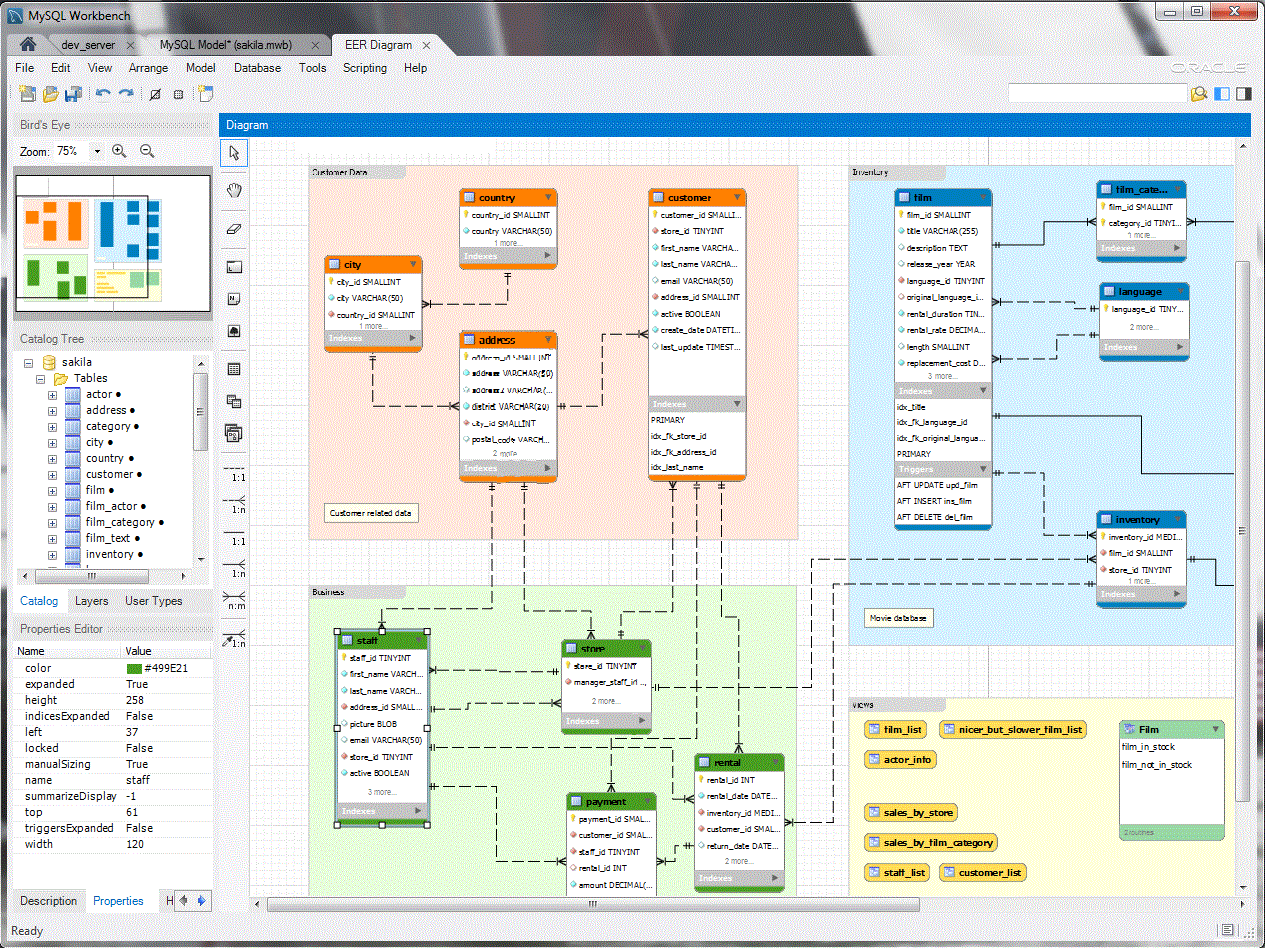-
Notifications
You must be signed in to change notification settings - Fork 87
New issue
Have a question about this project? Sign up for a free GitHub account to open an issue and contact its maintainers and the community.
By clicking “Sign up for GitHub”, you agree to our terms of service and privacy statement. We’ll occasionally send you account related emails.
Already on GitHub? Sign in to your account
Table groups #30
Comments
|
Azimutt will support SQL Server? I mean create a diagram directly from SQL Server engine. If this happen, in SQL Server we use schema for grouping objects. |
|
Do you mean connecting to the database and extract the schema? Yes, it's the next feature ^^ #92 Still you can already import your database schema with multiple schema inside, or even import multiple schema in multiple sources. What you will miss, and it's the goal of this issue is to visually group tables like in the screenshot. |
|
Yes, i mean connecting to the database and extract the schema! I get some errors trying import SQL Server auto generate script from a large database, i think because the script contains a bunch of SQL Server particular stuff. I will try with a more clear script. |
|
Ok. I'm trying to get a flexible SQL parser to handle all the dialects as much as possible (but of course, still have a lot of wholes ^^). |
|
Mostly done with #212 Few features could still be added:
|
Often some tables work in close relation with some others. In fact, it's quite common to have a feature or a business domain which use several tables.
It could be useful to group such tables in a cluster and represent them visually.
MySQL Workbench has a similar feature:

Such clusters could also hide tables inside and have their relations linked to it directly (hide useless details for a clearer understanding).
Other inspirations:
If you think this feature can be useful for you, please react with a 👍 to let us know.
The text was updated successfully, but these errors were encountered: